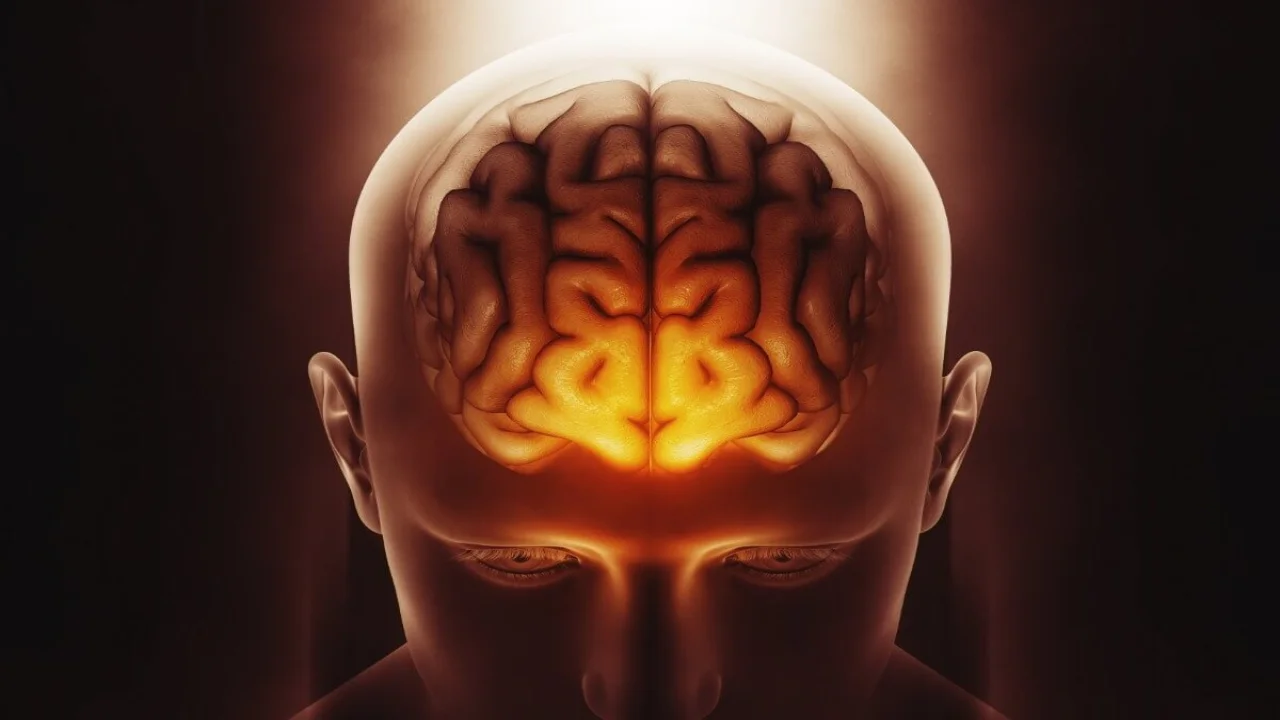Consciousness Crisis: Explosive Study Reveals Science’s Stunning Failure
Discover why top theories about consciousness just collided—and what this shocking deadlock means for unraveling the mind’s greatest mystery.

“Theories are personal tools,” goes the old quip. “Everyone has one, and no one wants to share.” While humorous, t“his rings eerily true in the realm of consciousness research—the quest to unravel how our subjective experiences emerge from brain activity.
In 2022, a review by neuroscientist Anil Seth and colleagues cataloged 22 biologically grounded theories. By 2024, public intellectual Robert Kuhn identified over 200, revealing a field bursting with competing ideas. Amid this chaos, a groundbreaking study by the Cogitate Consortium—published in Nature—pitted two leading theories against each other: Global Neuronal Workspace Theory (GNWT) and Integrated Information Theory (IIT).
The experiment marked a rare “adversarial collaboration,” uniting rival researchers to test predictions from both frameworks. GNWT posits that consciousness arises from “neural ignition”—sudden bursts of activity in the prefrontal cortex that broadcast information across the brain. IIT, meanwhile, links consciousness to sustained, synchronized signals in the posterior cortex.
Teams worldwide conducted theory-neutral experiments, analyzing brain activity during conscious perception. The results? Neither theory emerged unscathed. IIT’s predicted posterior cortex synchronization was absent, while GNWT faced setbacks: prefrontal cortex activity couldn’t fully decode conscious content, and “ignition” didn’t occur at stimulus onset.
Despite the stalemate, the study is a milestone. Historically, consciousness research has been plagued by confirmation bias, with theorists designing experiments to validate their own ideas. This collaboration forced rivals to agree on testable hypotheses and replicate experiments across independent labs—a first for the field.
Psychologist Daniel Kahneman, advising the project, warned that even definitive results wouldn’t sway entrenched theorists. Yet this stubbornness isn’t all bad. Diverse perspectives drive progress, and while consciousness remains a “hard nut,” collaborative rigor—not partisan rivalry—might finally crack it.
This article has been fact checked for accuracy, with information verified against reputable sources. Learn more about us and our editorial process.
Last reviewed on .
Article history
- Latest version
Cite this page:
- Posted by Dayyal Dungrela